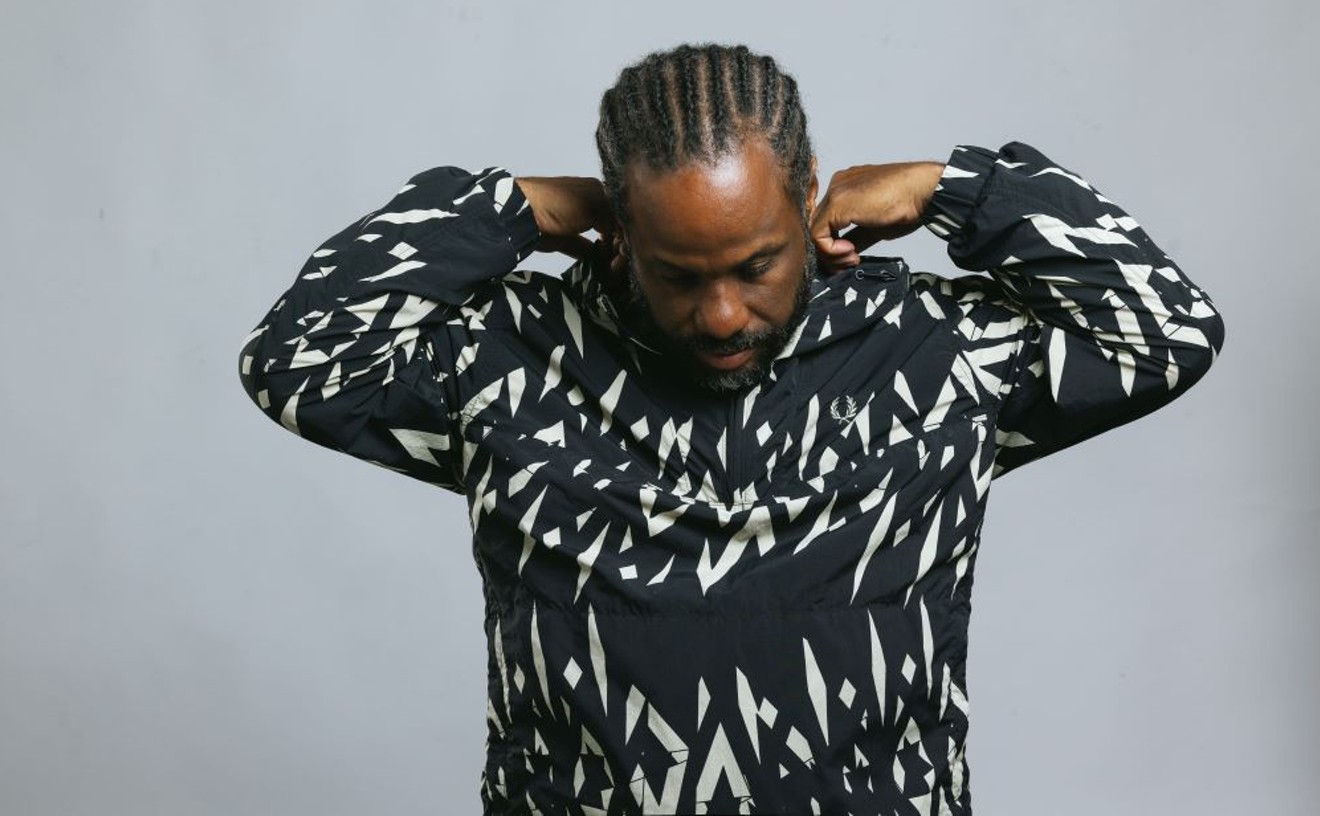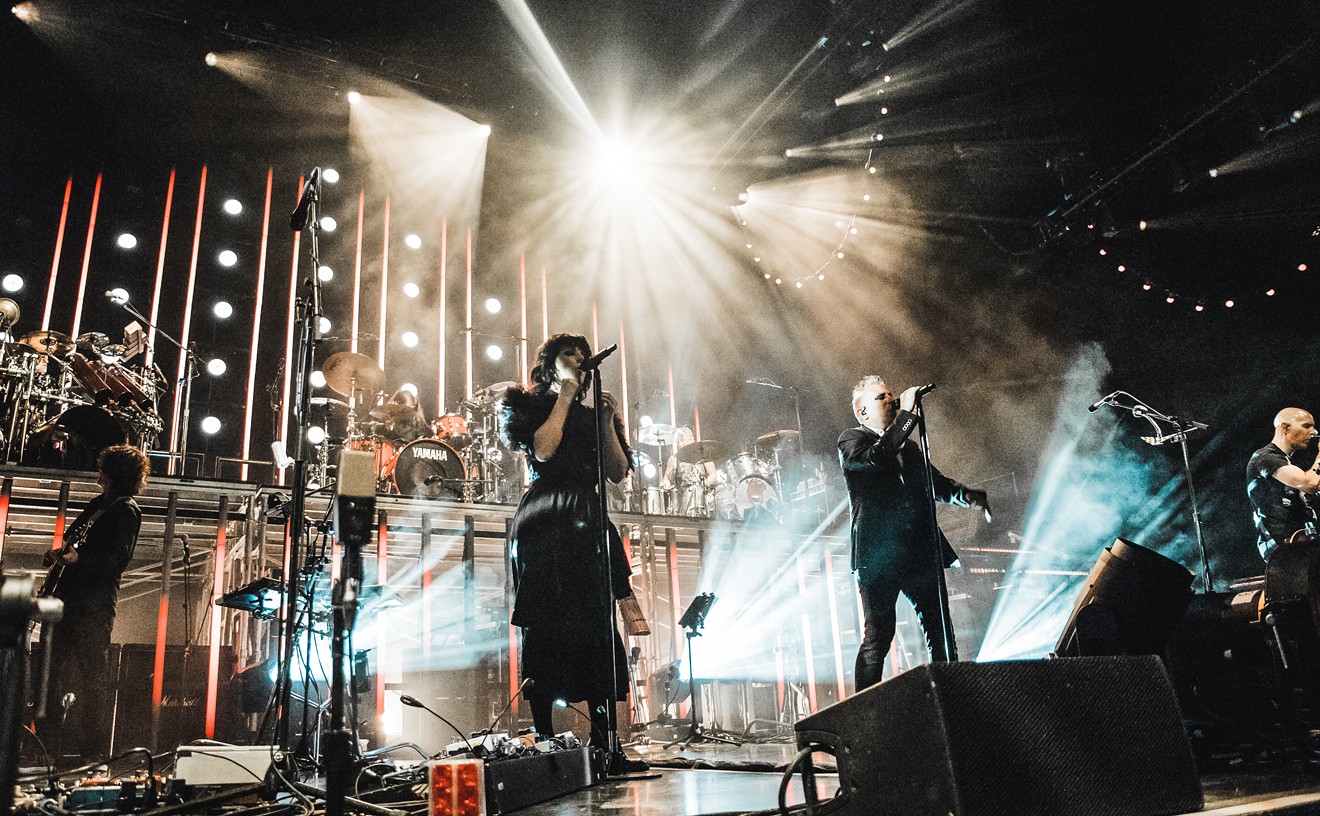Credit J.K. Rowling too: Order of the Phoenix gives us what may be the most compelling premise for a Potter picture yet, because it's the one least chained to an elaborate, mechanized plot. In narrative terms, not that much happens, but as for Harry's emotional journey, well, that's nearly epic. Still reeling from his standoff with the newly resurrected Lord Voldemort at the end of 2005's Harry Potter and the Goblet of Fire, and from the death of his classmate Cedric Diggory, the already melancholic Harry (Daniel Radcliffe) is, at the start of the new film, downright disconsolate. Sweating out another long, hot summer in the company of his boorish aunt, uncle and cousin, pining for the bygone days of quidditch matches and shooting the shit with Dobby the house elf, he's practically a poster child for teen Prozac. Just when it seems like things couldn't get any worse, a couple of fearsome, faceless beasties called Dementors come along to shake Harry out of his malaise...by quite nearly turning him into dinner.
Old Voldy, it seems, is stirring again, though few outside of the movie's titular cabal—a secret society formed by Hogwarts' redoubtable headmaster Dumbledore (Michael Gambon) with the express purpose of vanquishing Voldemort—will acknowledge it. The officious Minister of Magic Cornelius Fudge has even taken to planting anti-Potter screeds in the pages of the Ministry's house scandal sheet, The Daily Prophet, sure that the boy wizard is but a pawn in a Dumbledore-plotted coup d'etat. He also installs his loyal emissary Dolores Umbridge (played as a sinister parody of schoolmarm authority by Vera Drake star Imelda Staunton) as a Hogwarts hatchet woman, charged with pruning the faculty of subversive elements and restricting the students' social freedoms until Hogwarts comes to resemble the fascistic boarding school from Lindsay Anderson's If... Of all the new creatures, human and otherwise, who are introduced in Order of the Phoenix, it's this smiling sadist in fuchsia couture who makes the most indelible impression, and who renders coy (or at least oblivious) the protestation of Potter producer David Heyman that Order of the Phoenix isn't a political allegory. This is, after all, a movie in which ineffectual government bureaucrats refuse to acknowledge an imminent threat to their people and their power until the evidence is literally right before their eyes. Make of that what you will.
Order of the Phoenix satisfies in all of the conventional ways that fans of the books and the previous films will have come to expect. There are appearances by all of your favorite series regulars, including a welcome return by the Prisoner of Azkaban himself, Sirius Black (Gary Oldman), who was reduced to glorified cameo status in Goblet of Fire, and CGI wonderments galore, from the skeletal winged creatures called Threstrals (which can only be seen by those who have witnessed a death) to the majestic but menacing centaurs—horsemen in the truest sense of the term—of whom I wish we had seen more. The movie's most memorable encounters, however, take place not within Hogwarts' hallowed walls, but upon the more perilous terrain of Harry's consciousness, which is already a veritable minefield of fear, self-loathing and pubescent confusion long before Voldemort (played once again by a bald, nose-less and eerily Michael Jackson-ish Ralph Fiennes) starts trying to infiltrate it. Goblet of Fire—the first PG-13 Potter pic—tried for a similar feeling of teenage Sturm und Drang, but tended to overly literalize everything, from the goo-goo-eyed blushes of romance between Harry and the comely Cho Chang (Katie Leung) to the odd touches of Fowles-ian homoeroticism between Harry and the jilted Ron Weasley (Rupert Grint). A more affecting coming-of-age story, Harry Potter and the Order of the Phoenix sees adolescence as something altogether graver: It's about the moment at which schoolboy frolic gives way to an understanding of the evil that men do in the world, whether willingly or by way of inaction. J.K. Rowling has said repeatedly that she will retire all things Potter following the publication of the seventh novel, Harry Potter and the Deathly Hallows, which is due out this month. 'Tis a pity, for there's every indication that Harry is on track for a whopper of a midlife crisis.










